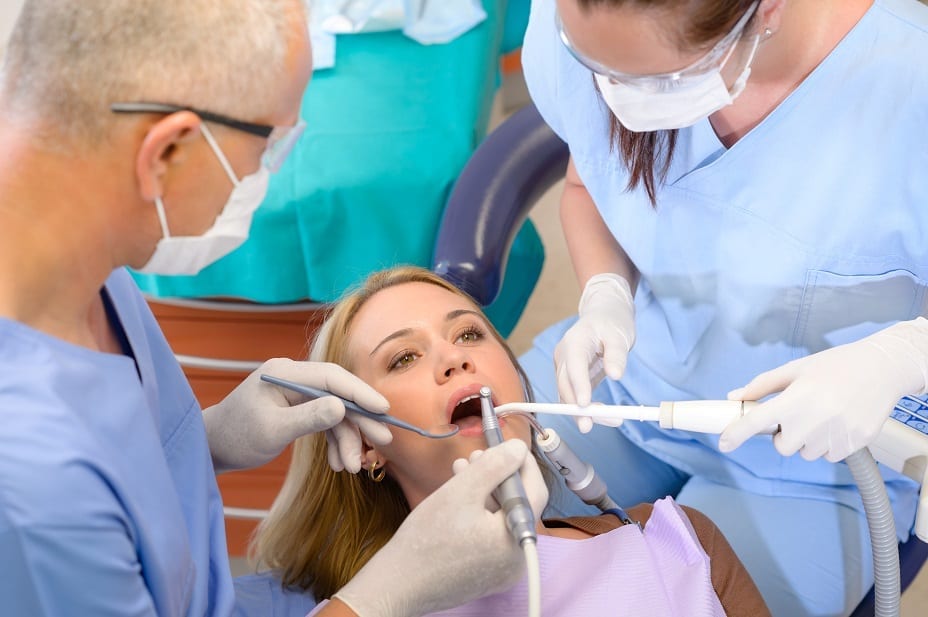The Only Guide for Legacy Orthodontics
The Only Guide for Legacy Orthodontics
Blog Article
Legacy Orthodontics Fundamentals Explained
Table of ContentsSee This Report about Legacy OrthodonticsThe smart Trick of Legacy Orthodontics That Nobody is DiscussingThings about Legacy OrthodonticsFascination About Legacy OrthodonticsThe 10-Second Trick For Legacy Orthodontics
In enhancement, we provide adjustable therapy schedules, flexible settlement choices and a fun, enjoyable experience.An orthodontist is a dentist trained to identify, protect against, and deal with teeth and jaw abnormalities. Orthodontists work with people of all ages, from kids to grownups.
Malocclusion, or misaligned teeth, can cause dental issues, consisting of dental cavity, periodontal condition, and difficult or uncomfortable chewing. But not everyone is birthed with straight teeth. If you have a negative bite or huge spaces in between your teeth, you may intend to speak with a dental practitioner focusing on orthodontic care.
Legacy Orthodontics for Beginners
( Photo Debt: DigitalVision/Getty Images) Orthodontists use dealt with and removable oral tools, like braces, retainers, and bands, to alter the setting of teeth in your mouth. Orthodontic therapy is for oral irregularities, including: Jagged teethBite issues, like an overbite or an underbiteCrowded teeth or teeth that are too far apartJaw misalignmentThe objective of orthodontic treatment is to improve your bite.
A healthy and balanced bite ensures you can eat, chew, and talk effectively. While you may consider orthodontists as mostly for youngsters or teenagers who require braces, they can deal with oral issues at any kind of age. Orthodontists participate in university, dental school, and orthodontic college. After college graduation, they spend 2 or 3 years in an orthodontic residency program.
, however not all dentists are orthodontists. They focus on 2 areas: Just how to properly and safely move teeth Just how to properly direct advancement in the teeth, jaw, and faceOnce an orthodontist has actually finished training, they have the choice to become board certified.
Top Guidelines Of Legacy Orthodontics
Imbalance, or malocclusion, is the most typical factor people see an orthodontist. It is hereditary and is the outcome of dimension distinctions in between the upper and lower jaw or between the jaw and teeth. Malocclusion results in tooth overcrowding, a twisted jaw, or uneven bite patterns. Malocclusion is usually treated with: Your orthodontist attaches steel, ceramic, or plastic square bonds to your teeth.
Some individuals require a headwear to assist move teeth right into line with pressure from outside the mouth. A retainer is a custom tool that keeps your teeth in area.
They can produce additional room in the mouth without having to pull teeth. Orthodontists use cables, medical screws, or plates to support your jaw bone.
You may need to see an orthodontist if you have: Crowding or not adequate room for all of your teethOverbite, when your top teeth come over your base teethUnderbite, when your bottom teeth are as well far visit this site forwardSpacing or problems with gapsCrossbite, which is when your top teeth fit behind your base teeth when your mouth is closedOpen bite or an upright void between your front bottom and top teethMisplaced midline, when the facility of your base and top teeth don't line up Fixing a dental malocclusion can: Make attacking, eating, and speaking easierImprove the balance of our face and your overall appearanceEase discomfort from temporomandibular joint disordersSeparate your teeth and make them less complicated to clean, aiding stop tooth decay or cavities It's often a dentist who first notices misaligned teeth throughout a routine exam.
Get This Report about Legacy Orthodontics

During your initial orthodontic assessment, you'll likely have: A dental examPhotos taken of your face and smileDental X-raysPanoramic (360 level) X-rays of your face and headImpressions to develop molds of your teethThese examinations will certainly aid your orthodontist understand just how to wage your treatment. leesburg clear braces. An orthodontist is a dental expert that's had training to treat your teeth and jaw
An orthodontist is concentrated on your bite, so something like a chipped tooth would be taken care of by a dentist. Orthodontists are concentrated on your bite, or the method your teeth fit with each other, and the straightness of your teeth.
Ever before asked yourself exactly how stars always seem to have flawlessly lined up teeth? The response often hinges on the competent hands of an orthodontist. What precisely does an orthodontist do? Orthodontists are dental professionals who concentrate on correcting irregularities in the teeth and jaws. Their proficiency surpasses just creating a lovely smile; it encompasses enhancing your total dental health and function.
The Best Strategy To Use For Legacy Orthodontics

While braces are the most commonly acknowledged orthodontic treatment, orthodontists have a diverse toolkit at their disposal. The particular method selected depends upon the seriousness of the instance, the client's age, and private choices. These reliable dental braces use a system of braces bonded to the teeth and linked by cables.
Clear aligners, like Invisalign, are a preferred choice for patients looking for a much more very discreet treatment alternative. These detachable trays are tailor-made to progressively shift the teeth's position. Headgear might be used in conjunction with braces or aligners to apply added targeted pressures, particularly for remedying jaw discrepancies. In situations of slim jaws, palatal expanders can be used to produce room for proper tooth positioning.
Report this page